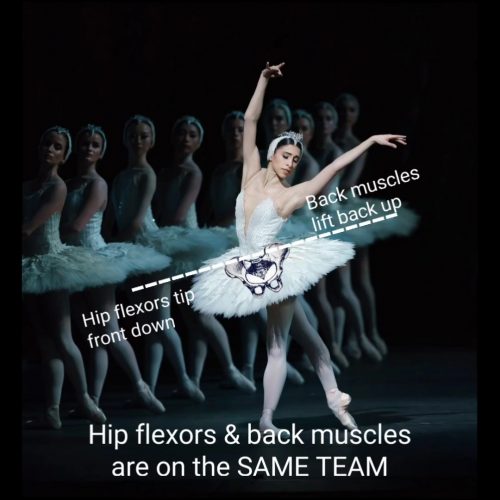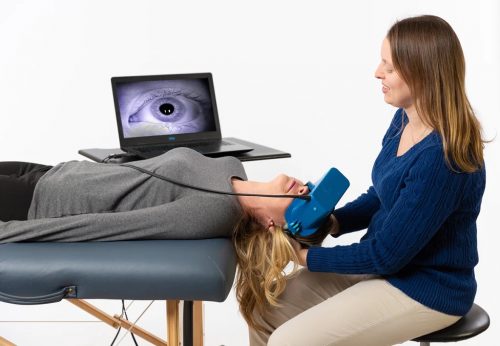Your favorite shoes may no longer fit but your feet haven’t technically grown! There is no way for your bones to grow bigger once the growth plates have closed (which happens around the end of puberty).
What can and often does happen is the ligaments that support our joints become softer and looser during pregnancy because of the hormone relaxin. It becomes easier for the foot to “fan out” as the arches of the feet flatten causing lengthening and widening of the foot. This fanning motion of the arches is an important motion that happens normally with every step you take, but with the extra softening occurring from high levels of relaxin this flattening of the arches can become excessive and even uncomfortable as you take more weight on the knuckles of the toe bones.
Thankfully we all have muscles that can support the joints and the shape of our arches. It’s much easier to address the changes as they’re happening so if you’ve started to notice changes in how your feet feel on the ground try the following exercises or come ask a physio for guidance.
Not sure how to tell if your feet are changing? The most common description people use for fallen or dropped arches is: “it feels like I’m walking on marbles”. We have 2 arches in our feet. The transverse arch that runs side to side and the longitudinal arch running the length of the foot.
One may be more affected in your particular foot issue so try both exercises for a while and see which makes the most difference for you.
Exercise #1 – Lumbrical tenting
This exercise is unfortunately commonly explained as “curl your toes to pull a towel on the floor towards you”. I say this is unfortunate because there’s an important component to this exercise that some people miss with those directions. The muscle we need to target is found in the foot and runs from the long metatarsal bones to the big toe knuckles. When we isolate this muscle we are trying to “tent the foot at those big knuckles without curling the tips of the toes”. The muscle that curls the tips of your toes is found in your calf and will not support your arches. Our hands have this same muscle and sometimes it can help to do the movement in your hand and then mimic it in your foot. “Dragging your toes on the floor as you pick up the knuckles of your toes” works nicely for many people. Once you’ve been able to figure out this motion and target the muscles in the sole of your foot, you may need to try and activate this muscle while walking. It will likely feel awkward initially but explore and experiment what helps to diminish that walking on marbles feeling.
Exercise #2 – Big toe abduction
This exercise is straightforward in concept, but not necessarily easy to execute. “Spread your big toe away from your other toes”. If this is hard you may need to harness your Jedi powers and use the Force. Or just use your hand to place your big toe away from the others and then try to hold it there—even just a bit. Getting a flicker of muscle activation can be enough to start making changes. Feel along the inside of your arch to feel for this flicker of muscle contraction. As before, once you’ve figured out how to target this muscle explore and experiment as you may need to activate it a bit while walking.
Think this will only happen in late pregnancy? Potentially not. Yes, you will be heaviest later in pregnancy but levels of the hormone relaxin are highest in the first trimester and then peak again before labour. The hormone continues to be produced throughout the entire period you breast feed as well.




